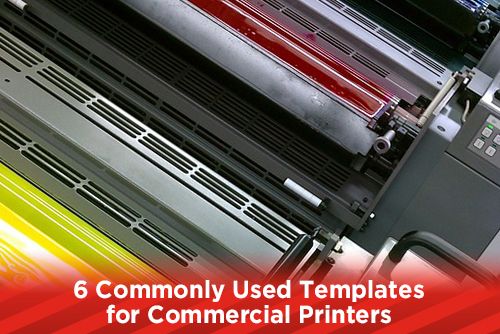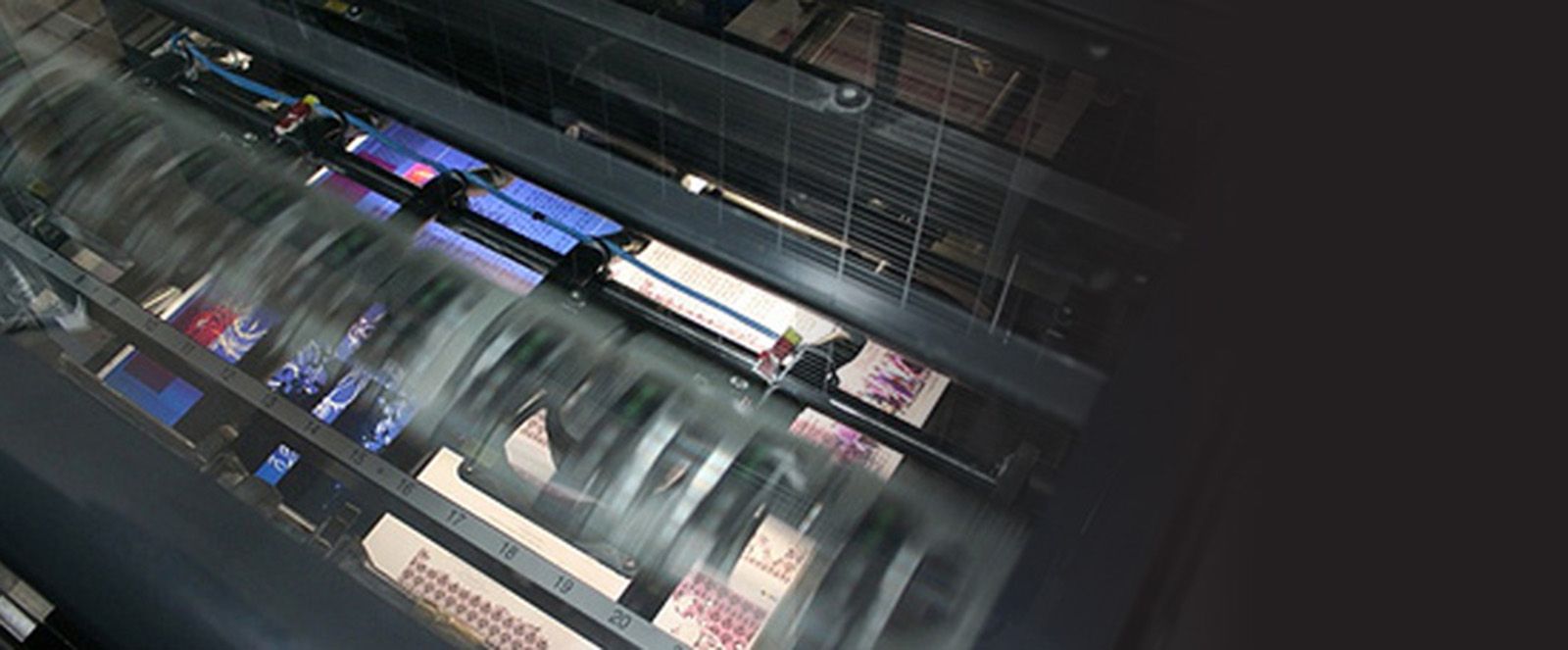
Templates are used by Offset Printing Companies to provide their clients with a guide to design their work around. Using the template, a user can see the edges of where the paper will trim at and adjust their art accordingly.
With a pocket folder template, knowing where the business card slits are located will help you in allowing space for the business cards. On a converted #10 envelope template, you can see clearly where the fold for the flap is to make sure your address line is not too close.
Remittance envelope templates show the areas where glue will be located and what parts will be covered when the envelope is closed. Keeping information like the donation amounts or mail return content out of these areas is important. Any non important information can go in these areas.
How To Use These Templates
It is best to place the provided templates in InDesign. Create your document to the size you need.
9x12 Pocket Folder (regular bc slits, half moon bc slits): Create your layout document at 18x16. Place the template on the page and align it center both horizontally and vertically. You will see that the tabs for the pocket folder are outside of the document size. This is ok. With the template selected, choose Window > Effects and select multiply. This will overprint the template on the next layer. Choose View > Display Performance > High Quality Display. Create a new layer for your design, making sure that the layer with the template is above the design layer. When adjusting for bleeds, your bleeds do not need to cover the entire tabs, only extend the bleed ⅛” onto the tabs. Once finished and ready to export a high resolution pdf file, use our Hires pdf w bleed preset, but on the marks and bleeds section, change the bleed from .125 to 1” on the inside and outside. This will create a pdf with bleeds that allow the tabs to be seen.
On this pocket folder template, solid magenta lines represent where the pocket folder will be cut. Dashed magenta lines are scores and the paper will fold along these.
Converted #10 Envelope: (click here to download the template PDF) First, create your envelope layout in a 9.5x4.125 InDesign document. Pull your bleeds to the edge only, do not extend them yet. If you have any design elements that are to be on the back flap, rotate them and add them to the top of the layout (so you can see both front and back on the same page). Select all and group together.
Create a new layout document at 19x25. Place the template on the page and align it centered both horizontally and vertically. With the template selected, choose Window > Effects and select multiply. This will overprint the template on the next layer. Choose View > Display Performance > High Quality Display.
Create a new layer and paste the copied envelope design, make sure that the design layer is below the template layer (you can lock the template layer so you can adjust the design layer). With the envelope design still grouped together, rotate it -45º and align to the bottom left hand envelope. Looking at the bottom left hand envelope, you can see a tiny dot at the top corner. This is where the top left hand corner of the front of you envelope design will go. Once you have the design lined up, you should see another small dot above the top right hand corner of the envelope design. These are registration dots used to align once on the press. Next, copy and paste in place the envelope design. Drag the copied version to the right and align with the small dot on the bottom right hand envelope. After you have both bottom envelopes properly aligned, select both, copy and paste in place. Rotate 180º. Now, move the two selected envelope designs aligning them with the small dot in the bottom corner of the top envelopes.
With all four envelope designs in position, ungroup all of the envelope designs. Adjust bleeds, extending the sides and bottom by⅛”. Do not bleed the top of the envelope. If you have any image or design on the flap, adjust its bleeds also, leaving the top alone. You can now export a high resolution pdf file to upload.
On this #10 converted envelope template, solid magenta lines represent where the envelope will be cut. Dashed magenta lines are scores and the paper will fold along these.
Remittance Envelopes: Create your InDesign document to the size you need (remittance envelope sizes will include the flap and body): 6.25 Remittance 3.875x6.25, 6.75 Remittance 7.375x6.5, 9 Remittance 7.625x8.875. Place the template on the page and align it center both horizontally and vertically. The remittance envelope templates have two pages to them. The first page of each is the inside, the second page is the outside of the envelope. Place both pages on separate pages to proceed with your design. With the template selected, choose Window > Effects and select multiply. This will overprint the template on the next layer. Choose View > Display Performance > High Quality Display.
Once both pages are placed, adjust your artwork to the template. The large magenta area on the top is where the glue strip or gum will be placed. The middle magenta area is the throat of the envelope and should not have anything placed here. The magenta area at the bottom is where the glue will be adhered to when the envelope is sealed to be sent back. You can place information in this area, but it will be ripped when you open the envelope, so no necessary information can be placed here. After all of your art is placed and ready to go, you can export a high resolution pdf file to upload.
These templates and die lines are used on jobs printed at PrintSouth Printing, Inc. Please use at your own risk with other service providers who may have a template similar but not exactly like these.
On remittance envelope templates, solid magenta lines represent the edge of the envelope. Dashed magenta lines show where the flaps have been folded and glued on the envelope.
9x12 Pocket Folder with two pockets and regular business card slits
9x12 Pocket Folder with two pockets and half moon business card slits
19x25 Converted #10 Envelopes
6.25 Remittance Envelope
6.75 Remittance Envelope
#9 Remittance Envelope
If you are looking for panel sizes for common folds, check out this blog post: Designing for Print: Folds
Stay up to date by subscribing to our mailing list.

